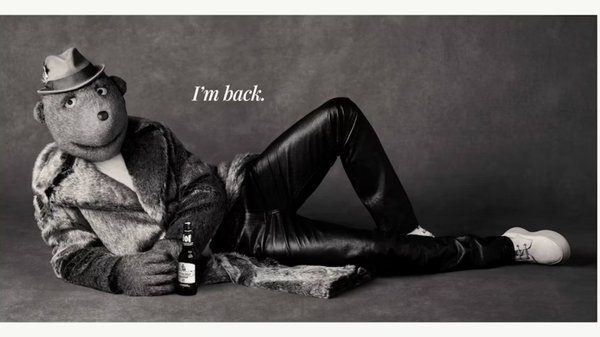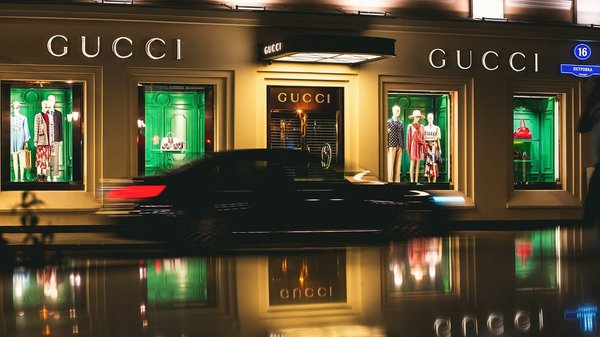Bloody risky /
Bodyform broke through unconscious biases with its Blood Normal campaign. Everyone should try it
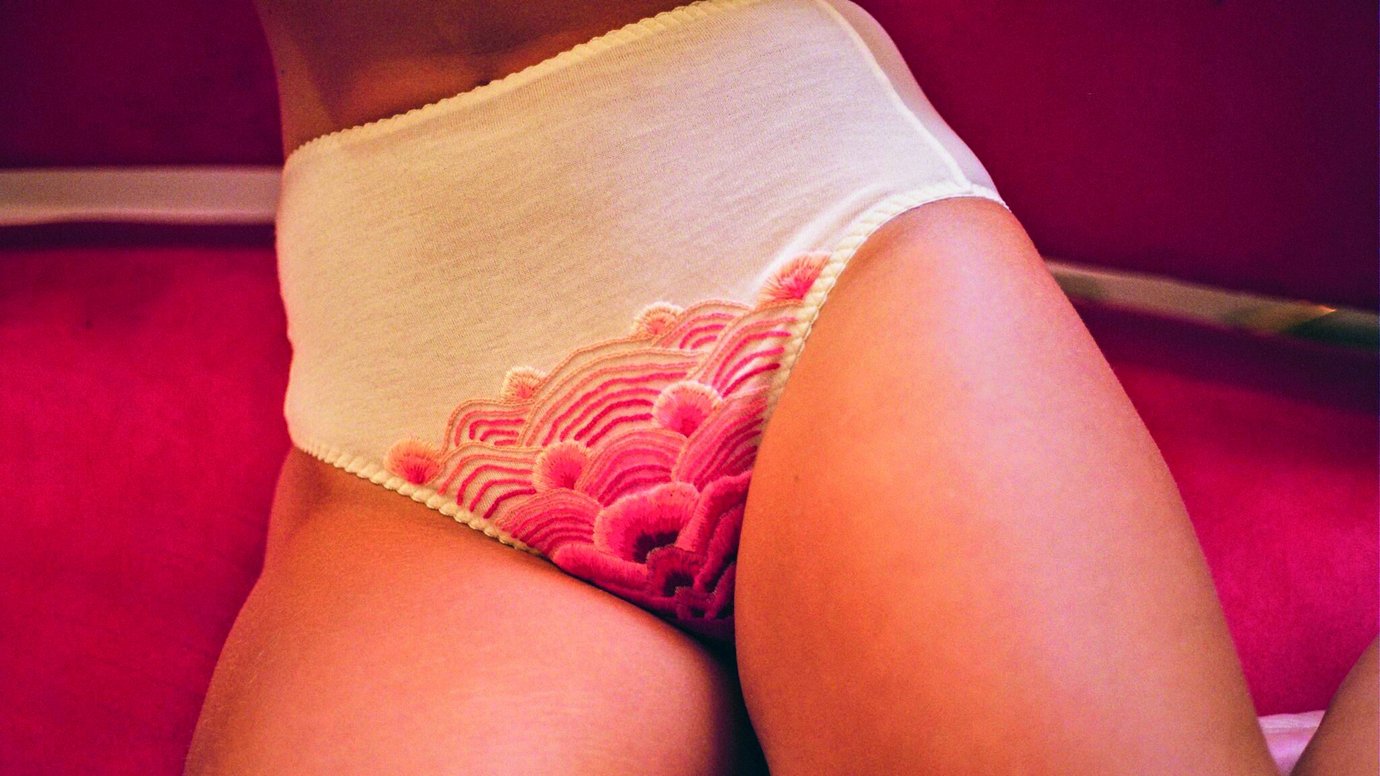
Around this time last year, Bodyform released the first sanitary pad ad in the UK to show real period blood. Some, like us, reacted positively, with words like ‘finally’ and ‘How hasn’t this happened before?’. Others, like @Hu on Twitter (not their real handle), reacted negatively, with, ‘You’re gross and the blood that gushes out of you makes me wretch.’
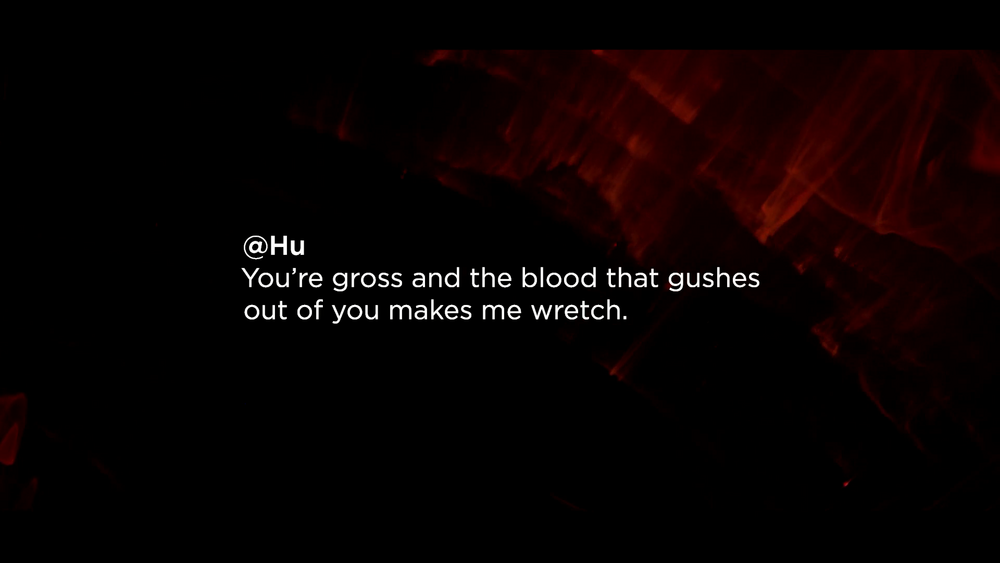
Media owners across Europe also responded badly. Many rejected the spot, which featured a montage of period-related vignettes, such as a woman interrupting a dinner party to ask for a pad and a man buying sanitary towels at a supermarket, as well as a bit of blood running down a woman’s leg while she showered.
But that wasn’t even the first hurdle. First, Bodyform (Libresse elsewhere in Europe) and its agency Abbott Mead Vickers BBDO, London, had to convince higher-ups at parent company Essity that real period blood was an essential feature of the ad.
‘Obviously there was a lot of resistance internally and it's all due to the fact that taboos by nature are deeply ingrained, mostly unconscious and people react very negatively to them. And then they feel pressured by the norm and fight against it,’ says Margaux Revol, planner at AMV BBDO. ‘It’s nothing other than your unconscious bias, your unconscious visceral reaction, so you need a champion to push it through.’
A study by Cornell University found that, regardless of how much we say we want creativity, we are unconsciously biased against it. Results of the 2010 research revealed that even people who claimed to desire creative concepts subconsciously associated them with negative words such as ‘vomit’, ‘poison’ and ‘agony’. In the case of Blood Normal, the unconscious bias was obviously not just against the creative concept, but it proves how important it is to push past these biases – whether that means embracing creativity, or menstrual blood.
We reference this Cornell study often at Contagious. But it so accurately conveys the barrier to real creativity that it’s hard to resist doing so. What it means is, even if you are the kind of client that’s pushing for the most creative marketing, there’s a big chance you or your organisation will reject those very ideas when they’re presented.
Luckily for Bodyform – which has seen a huge increase in purchase intent since Blood Normal was released – Martina Poulopati, global brand manager at Essity, and Tanja Grubner, Essity’s global marketing and communications director, made sure the creative execution wasn’t dulled.
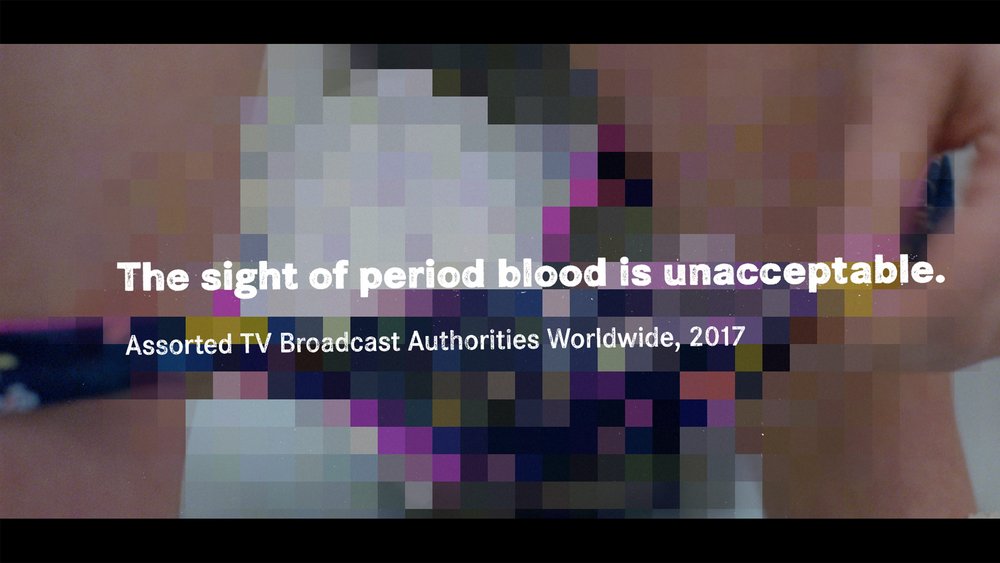
The next hurdle – being rejected by media owners – didn’t stump them, either. But it did make them realise just how big of a deal this was. ‘That's when we realised that the taboo was even more ingrained than we had thought,’ says Revol. ‘We knew the representation was wrong, but when we tried to do something about it, we realised that the media owners are the inadvertent guardians of facilitating the taboos. But that is all the more reason to keep pushing.’
‘We didn’t just want to say that periods should be normal, we wanted to actually make them normal,’ says Poulopati, and that meant getting the campaign out to the public through all the normal channels. ‘It was less about preaching the message, and more about actually making it happen.’
TV was a no go, so they went digital instead. But even online platforms put up a fight. The knickers created by French underwear brand Dessù, for example, which were embroidered suggestively with red thread, were deemed ‘completely unacceptable to show’, says Nadja Lossgott, creative partner at AMV BBDO. ‘So we went back to them and showed all the sexualised images of women from other brands. Those are completely allowed, but what we are showing, something that is so normal and natural, is the very thing you think is disgusting and inappropriate to show.’
Eventually online distributors gave in, and the campaign’s immediate success led to the French advertising authorities, which had initially rejected the TV ad, changing their minds. The campaign generated a 90% share of social voice for Bodyform, versus its main competitor Always’ 9% (the split was previously Bodyform 37%, Always 62%), and won AMV BBDO the Glass Lion Grand Prix at this year’s Cannes Lions festival.
Funny thing is, unconscious bias almost got in the way of that too. In a press conference, Madonna Badger, head of the Glass jury, admitted that even the jury were squeamish at first. ‘It was only when the women came and gave us the live presentation that they reminded us of why this work is so important,’ she said.

The moral of the story: aim for something that makes you feel a little bit ill. It’s something we hear time and time again from award-winning marketers. ‘We want to be scared,’ Stephen de Wolf, an executive creative director at Clemenger BBDO who helped create the Cannes Lions Grand Prix-winning Meet Graham, Snickers’ Gold Lion-winning Hungerithm and Airbnb’s Acceptance Ring campaigns, told me last year. ‘We want to feel uncomfortable when we see things, and the clients need to feel that in a good way too.’
Burger King’s agency David in Miami doesn't even consider an idea unless it requires talking to their lawyers. ‘We look at them and say: “Are we going to get sued? Yes. Okay, let’s proceed with this idea”,’ Tony Kalathara, creative director at David Miami, told us in the last issue of Contagious Magazine. At Most Contagious 2015, Dennis Maloney, then VP, chief digital officer at Domino’s Pizza and the man who signed off the brand’s AnyWare initiative, told the audience: ‘There’s one very dead-on thing that happens every time we are stumbling upon something that’s a very big idea. We become really, really uncomfortable.’
But it has to be the right kind of discomfort. ‘You have to be careful it’s not just provocation and uncomfortable because it’s edgy,’ said Tracey Cooke, VP of communication and marketing excellence at Nestlé. ‘It needs to be uncomfortable because it taps into something, something deep-seated or an area we haven’t really explored.’
Blood Normal fits that bill. The campaign took a creative risk to stand up for something that was relevant to the brand and important to its customers, rather than something flippant that would draw media attention. Bloody brilliant, I say.
If you want to learn more about the strategy behind Bodyform's Blood Normal campaign book a ticket to Most Contagious, where Martina Poulopati, of Bodyform’s parent company Essity, and the team at AMV BBDO will deliver key insights into the blue-liquid-ending triumph.
In addition to this talk, our event on 6 December will cram a year's worth of insights, trends and technology into a single day to help brands and agencies create work that's fit for the future. If you're looking for the inspiration to help you steal a competitive advantage, click here.
Want more of the same? /
We don’t just write about best-in-class campaigns, interviews and trends. Our Members also receive access to briefings, online training, webinars, live events and much more.




